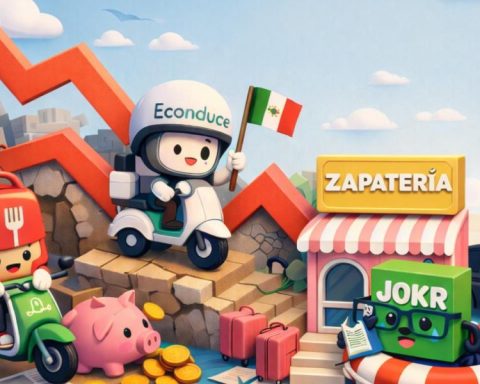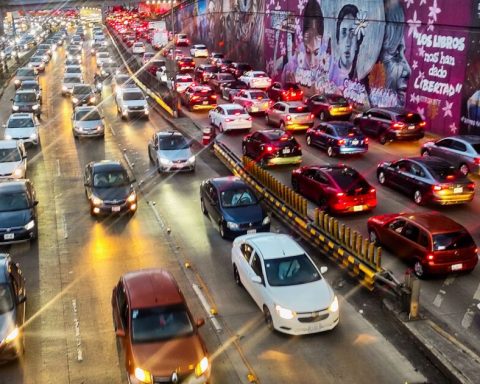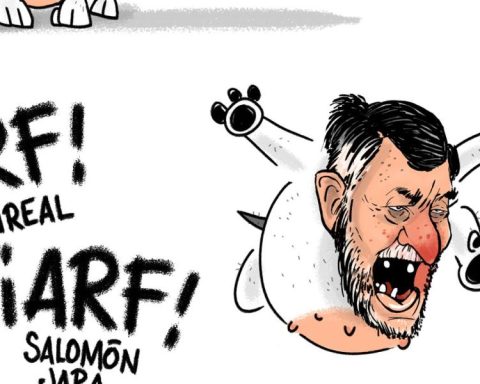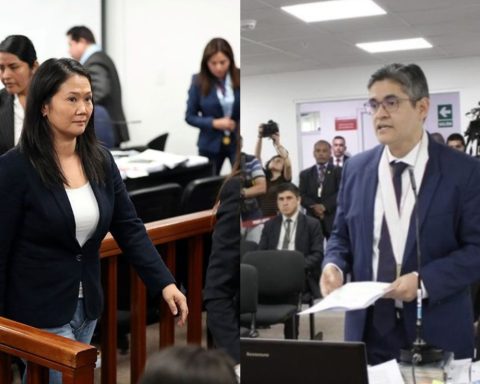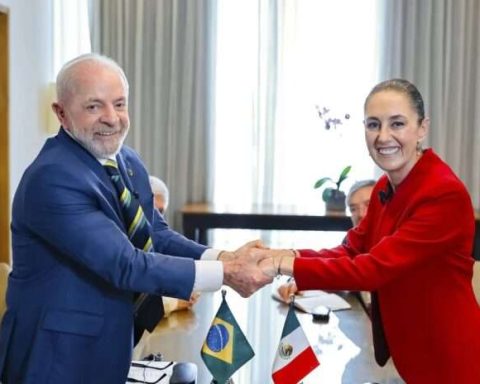L
to transformation of the world order What is happening before our eyes is marked by the transition from the unipolar globalist/Atlantic model hegemonized by the United States, to a multipolar one whose main emerging actors are China and Russia, which try to articulate countries in their respective areas of influence at the conjuncture. In addition to Brazil, India and South Africa, the three nations that together form the BRICS, an economic-commercial association that at the beginning of the 21st century was considered a paradigm of South-South cooperation.
Under the leadership of the Biden administration and through the imposition of economic-financial sanctions outside international law, the Western imperialist axis −made up of the US and the main powers of Europe, with its armed wing, the North Atlantic Treaty Organization− , together with its allies Japan, Australia and Canada, tries to slow down that transition that threatens to end the world economic system that emerged in 1971, when President Richard Nixon decided unilaterally (and unofficially) to end the US dollar peg. with the gold to finance the war in Vietnam.
Then, the US abandoned the fixed dollar-gold rate that had been established in the Bretton Woods agreements in 1944, which served as the framework for capitalism after the 1929 crisis, after verifying that National Socialism had not been the solution. (Note that the rise of Adolf Hitler and the Nazi party to power was financed by the Bank of England, the US Federal Reserve System, the Wall Street creditor banks, and the Rockefeller, Dupont, and Ford families.)
Sanctions as a political-economic weapon of the collective west
were imposed on Russia two days before the start of the special military operation
ordered by Vladimir Putin in Ukraine on February 24, 2022. Only Russia – like China, Cuba, North Korea, Iraq, Venezuela, Iran, Libya, Syria and other countries considered enemies
by EU− had already learned the lesson.
After the financial crisis unleashed by the collapse of the real estate bubble in 2007-08 in the US, Putin dedicated himself to strengthening the national capacities of the Russian Federation and weaving strategic alliances with China, India, Iran and other international weight players who envision the end of the Bretton Woods rules and seek to design an alternative monetary-financial system, which is no longer governed by the dollar and the (politically) conditioned loans of the International Monetary Fund and the World Bank, which depend on the US Treasury Department.
As part of a hybrid war that sought to collapse Russia through a doctrine of shock and awe
economic-financial, and with the support of its vassals in the European Union, the US managed to disconnect Russian banks from the Swift messaging network (Society for Worldwide Interbank Financial Transactions), excluding them from the global financial system.
However, since then, through the Eurasian Economic Union, made up of Russia, Kazakhstan, Belarus, Armenia and Kyrgyzstan, Moscow has been promoting the design of a common payment system. And through its regulatory body, the Eurasian Economic Commission, it has just made a proposal to the BRICS nations, which includes a single payment card –in direct competition with VISA and Mastercard−, which will merge the Russian MIR, Chinese UnionPay, Indian RuPay and the Brazilian Elo, among others. What if materialized will be a direct challenge to the monetary system designed in Bretton Woods. It should be remembered that the US assassinated Iraqi President Saddam Hussein and Libyan leader Muammar al-Gaddafi because they dared to question the dominance of the dollar in oil transactions and looted their countries’ central banks.
On the other hand, and beyond circumstantially affecting Russia – whose currency, the ruble, appreciated, and which, although it saw its deliveries of hydrocarbons through gas pipelines to Europe decrease, reached, according to the Financial Times, record figures in exports of liquefied natural gas (LNG) to European countries by sea (40 percent between January and October)−, the battery of sanctions (which extended to Belarus), together with the censorship of public media Russian Sputnik and Russia Today, became a boomerang against the European countries and peoples, sacrificed by the struggle between the unipolar and continental financial factions, which, subject to the dictates of Washington, direct the policies of the European Commission from Brussels, Belgium, NATO headquarters, engine of proxy war against Russia in Ukraine. Consequences? Record inflation in the Eurozone, higher prices for raw materials and fuels, a breakdown in the supply chain and an explosion in the cost of living now that winter has begun.
In this context, it is also necessary to locate the sabotage of the Nord Stream 1 and 2 gas pipelines of the Russian state company Gazprom, in the Baltic Sea, at the end of last September, as part of the hybrid industrial/commercial/military war against Russia. , Germany and China by the axis made up of the globalist Democrats (Clinton/Obama/Biden), Larry Fink’s BlackRock investment fund (which controls the US Federal Reserve), Klaus Schwab’s Davos World Economic Forum and NATO , bent on restart
the capitalist system to establish a world government
as a continuist alternative to the Washington Consensus that gave rise to the neoliberal phase.
With the geopolitical fracture, a process of partial decoupling has begun, the course of which will derive from the strength of the competing actors. To control the world, the globalist capitalist class needs to break the Eurasian (Mackinder) landmass, so it became necessary to undermine the consolidation of Germany’s economic-trade relations with Russia (and China), sabotaging the Nord Stream 1 and 2 Without cheap Russian gas, Germany and other European countries are heading towards deindustrialization and greater vassalage to the US. But the more difficult it will be for the empire and its allies to erode the economic-military strategic alliance between China and Russia and the rising multipolarism. Those seem to be the trends of the hour in a more complex world with different centers of power.


